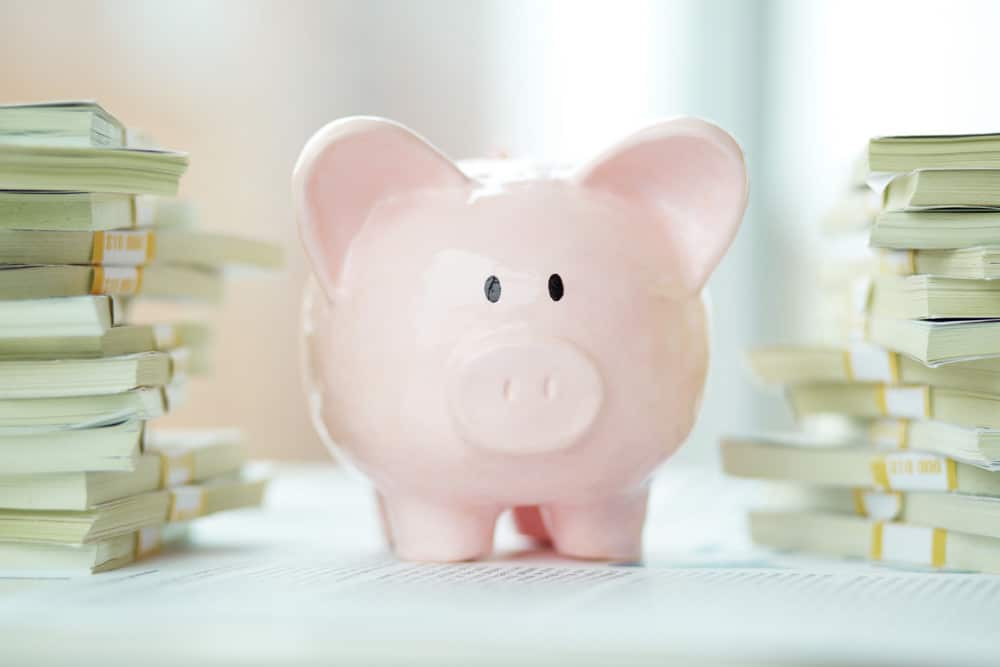After your home, a car will probably be the most expensive purchase you ever make. And if you’re not careful, additional car expenses could cost you more than you’re willing to spend keeping it in good shape. If you’re looking to save a little bit of money on your gas expenses, here are a few tips to help you out.
Consider Carpooling
One of the biggest everyday expenses for car owners like yourself is gas. In fact, American car owners used almost 142 billion gallons of gasoline in 2019 alone. That’s almost 390 million gallons every day. And while being more environmentally friendly should be reason enough to consider carpooling to work or wherever else you need to go, the truth is that it could also save you money on gas. If you live close to your workplace and you know a few other coworkers live nearby as well, consider setting up a rotating carpool with one another. For one week you can drive everyone, and then you can switch off the next week with someone else in your carpool group. Not only does this allow you an opportunity to spend some time with your coworkers every morning, but it also allows you to give your car — and your wallet — a rest. When you’re not driving alone to work every single morning, it may feel like you’re giving up a little bit of your privacy. But when you take a look at your bank account, you’ll realize just how much money you’re saving by alternating drivers and carpooling with coworkers. And the best part is that this is a relatively simple change that can make all the difference in the world.
Use Alternative Transportation
Hopping in your car to head to the store or your favorite local eatery is the easiest thing in the world. You’re there in a few minutes and all you need to worry about is parking, right? Wrong. Driving might seem like the easier option, but the truth is that it’s probably costing you more money for that five-minute drive than you think. This is especially true if you have a passenger and leave your car running while you run into the store to grab something. Instead of driving everywhere, consider using an alternate mode of transportation. If you live in a highly walkable area, consider walking to get all of your errands done or when you want a cup of coffee from your local cafe. If your neighborhood is a little more spaced out, it’s worth considering investing in a bicycle to help you get from place to place without having to rely on your car. Considering that almost 47.8 million cyclists participated in this mode of transportation in 2018 alone, it’s worth looking into. In addition to helping you save money on gas and wear and tear, walking or cycling when you need to stop at local places is also better for the environment than driving your car everywhere.
Follow Speed Limits
Driving over the speed limit might get you from point A to point B a little bit more quickly, but it certainly won’t do your car any favors. Speeding away in your car not only puts more strain on your vehicle as a whole, but it puts more strain on your wallet, as well. When you’re driving, be mindful of the speed limit and how hard you’re making your car work. When your car works harder than it needs to, you’re risking some serious wear and tear. Not only that, but you’re using much more gas than you normally would to achieve and maintain higher speeds while you’re driving. For instance, when you’re driving an RV, it’s important to drive below 60 MPH to both conserve fuel and ensure the safety of the RV itself. When you drive more conservatively, you’ll find yourself spending less money on gas and less time in the repair shop in the future, too.
Saving money on your gas-related expenses isn’t too difficult. With these simple changes to your daily driving routine, you could see more money in your wallet and more years out of your car.
Read More:








